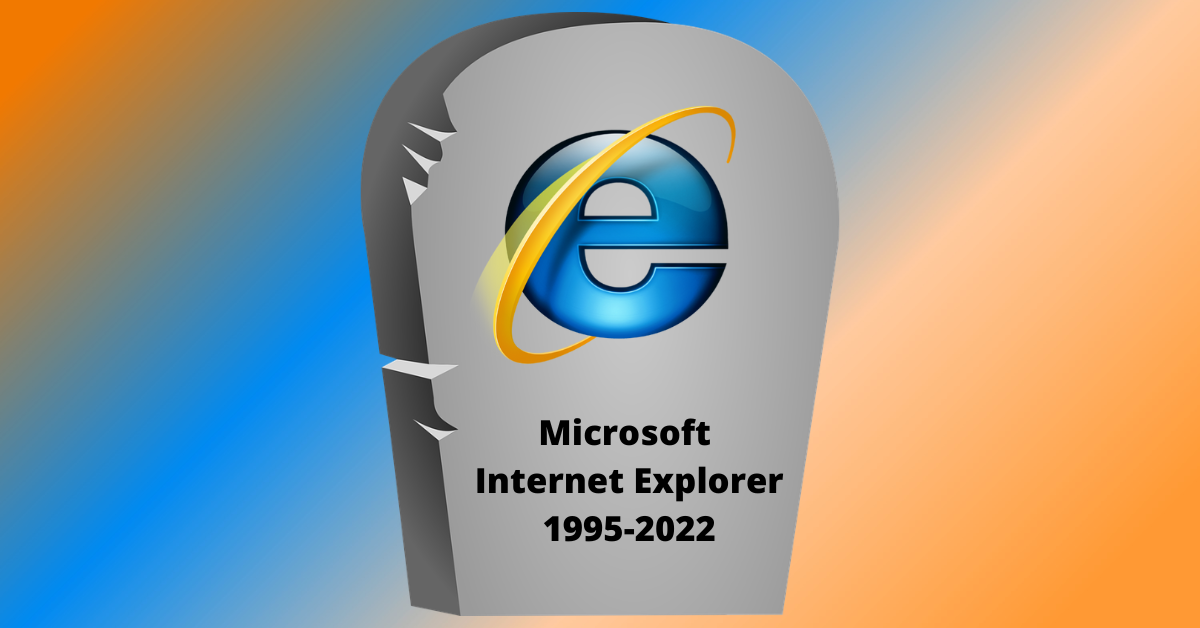As early as 2013, Microsoft had been telling software developers and end-users around the globe that it would soon pull the plug on its beloved web browser — Internet Explorer (IE). The day has come: 15 June 2022 is the date set by the software giant as the “End of Life” (EOL) for the 27-year-old browser, with some of Microsoft’s operating systems already ditching support for IE since last year.
In software development, “End of Life” means that an application will cease receiving support and updates from its developers (Microsoft in this case), but end-users are still free to continue utilizing it on their own (Microsoft can’t be held liable if something happens to your machine or system while using IE).
For the longest time, Microsoft has been telling its customers to stop using IE and switch to the Chromium-based Microsoft Edge. As a consolation, if one still would want to use IE (for whatever reason aside from just being sentimental) or if you have software or systems designed to run only on IE (like machines with an older embedded OS), Microsoft Edge comes with what they call “IE Mode” which enables backward compatibility until around 2029.
StatCounter.com data as of May 2022 show that there are still some 4.54% of Internet users in the Philippines using Internet Explorer 11 — I can only assume that these are older ATMs, Point of Sales (POS) machines, or even handheld devices running on Windows Embedded like the ones used to automate warehouse operations.
What’s the Impact of IE OEL on Consumers?
If you are using modern hardware (computers, laptops, handhelds released in 2016 until today) running on Windows operating system, you are safe for as long as IE is not your default web browser.
The effects of IE’s retirement may be felt by enterprise users with legacy systems running on older Windows versions with web browsers that cannot be updated anymore. Remember, in Information Technology (IT), the name of the (business) game is to modernize or be extinct.


